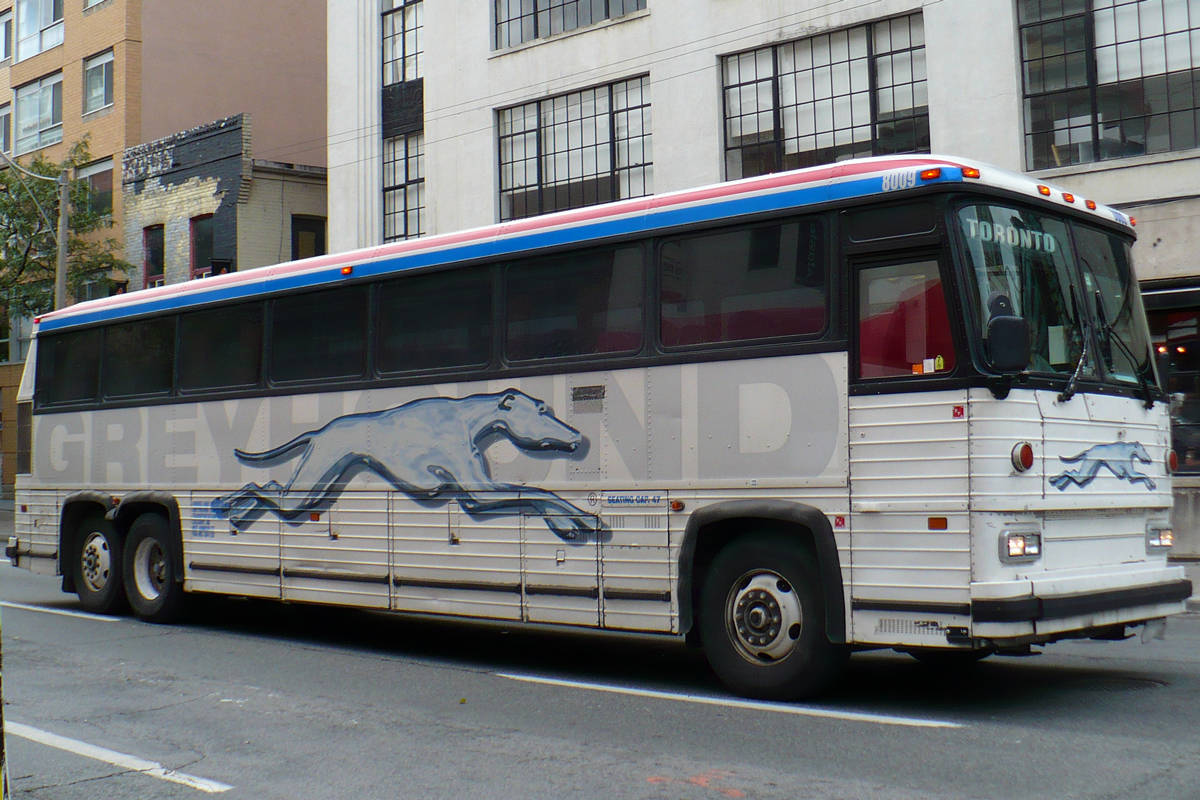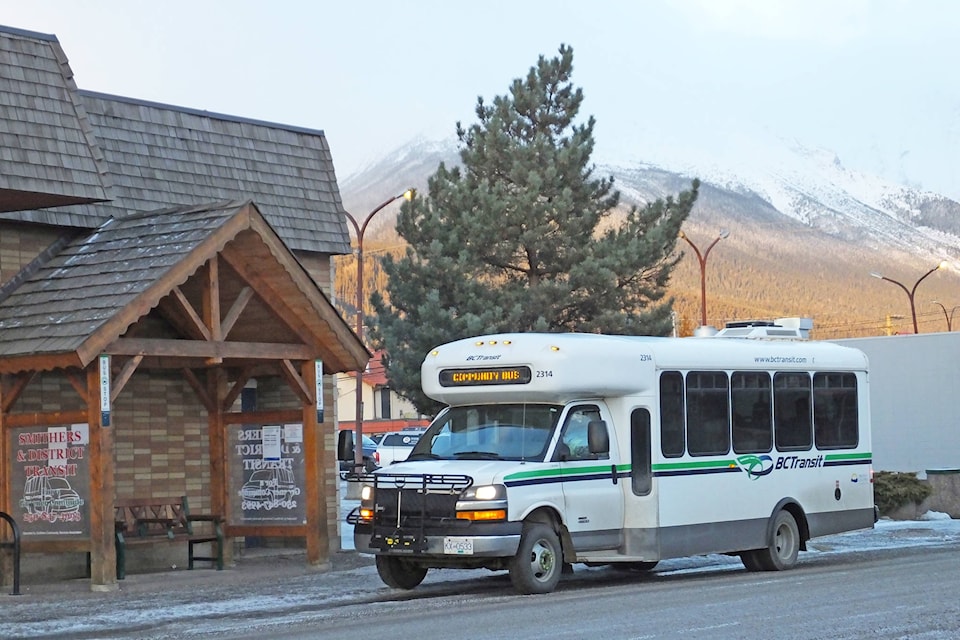Transit in northern B.C. could become more sparse if Greyhound Canada is allowed to pull out.
Greyhound recently filed an application with the B.C. Passenger Transportation Board to discontinue passenger service on five routes, including their route along Highway 16 through Prince Rupert.
“I was disappointed to read the news that Greyhound has applied to cease operations along Highway 16,” said North Coast MLA Jennifer Rice. “I am interested to see how the Passenger Transportation Board (PTB,) the independent body responsible for a decision, will respond.”
Among the factors that led to this decision, Greyhound points to urbanization, increased competition from subsidized passenger transportation and ride-sharing services, plus recent reductions in oil prices, which have prompted more people to travel by car.
Subsidized transit was a joint initiative between all three levels of government, First Nations and BC Transit to increase safety by helping people avoid hitchhiking, and connect people to services along the Highway 16 corridor — however Prince Rupert opted out of the transit plan in December. The first route started in January, connecting Moricetown and Smithers.
Prince Rupert chose to support the North Coast Transition Society’s existing service that provides rides for women and children in need. But Greyhound provides an affordable option for men and those needing access to Terrace or Prince George.
“I’m awaiting more information along with the public and businesses of the northwest. My colleague and Minister of Transportation and Infrastructure Claire Trevena is aware of the application and she also aware of the potential increased risks along the Highway of Tears if services are indeed reduced,” Rice said.
The Smithers to Burns Lake, and the Burns Lake to Prince George routes are now running. Hazelton to Terrace, and the Terrace to Kitimat routes are yet to start.
The fare for each route is $5.
“Greyhound could no longer sustain the significant losses that we were seeing along these corridors,” said Peter Hamel, regional vice-president of Western Canada, Greyhound Canada. “We’ve seen losses in the millions of dollars.”
Hamel stated it’s the addition of the BC Transit routes that also led to the application for Greyhound to leave the north.
“They are committed to putting $6 million along that corridor, they have started a number of runs … the significant one is the one to Burns Lake to Smithers with a five dollar fare.”
If Greyhound does get approval to end its bus runs in northern British Columbia, there will be a major gap for those who want to travel Highway 16 on the corridor west of Prince George.
Greyhound does intend to continue with its freight services along the Hwy. 16 route.
Safety Concern
Brenda Wilson is a Highway of Tears advocate. Her sister was found murdered over 20 years ago.
“For Greyhound to put northern B.C. in this predicament is pretty sad, but at the same time if they are going to pull out then British Columbia needs to look at alternatives that will work for our communities,” she said. “It appears Greyhound is looking for a scapegoat through the new transit system that’s been implemented for Highway 16.”
Wilson added BC Transit only runs through the day, so if Greyhound does leave, there will not be any public transportation after hours, which could increase the amount of people that would start hitchhiking.
Greyhound’s B.C. operations will continue to operate normally on these routes during the regulatory process review period. The company does not foresee any changes to operations in 2017. It also does not plan to end parcel delivery.
“Subject to the outcome of the B.C. Passenger Transportation Board’s review of our application we do not anticipate these changes will come into effect until early 2018,” stated the company.
Ridership drops 51%
Since 2010, ridership on these five routes has dropped by 51 per cent. Greyhound’s ridership province-wide has dropped by 46 per cent in the same period.
Hamel added Greyhound had two schedules along that route, decreased it to one and that one schedule is no longer turning a profit.
“Ridership on that is sometimes less than 10, and now to compete with a five dollar fare, that’s just not a market we can manage,” he said.
According to Greyhound, the company has taken numerous steps between 2010 and 2017 to address the issue of declining ridership, including regulatory applications, cost-saving business decisions and discussions with government to stem losses in B.C.

